I thought you guys said Culver's root attracted a lot of pollinators
mxk3 z5b_MI
2 years ago
Featured Answer
Sort by:Oldest
Comments (17)
tsugajunkie z5 SE WI ♱
2 years agoken_adrian Adrian MI cold Z5
2 years agoRelated Discussions
Do Sweet potatoes need to pollinate to produce roots ( taters ) ?
Comments (21)I had 600 row feet of beauregards last year and when they were young, I ran through with a cultivator straddling the row/hill. I pulled a lot of vines with it and worried I'd lose too many, so I quit after a few weeks to let them grow. I had less weeds than the year before, but I had a ton of tubers. Best production I ever had. Lots of bakers. Lots of multi-meal bakers. Very few spindly fingerlings at all. Besides running through with the cultivator, the only other difference was that I added a lot of fresh horse manure in March before the slips went in the ground in May. I do not know if it was the cultivation or the manure, but I plan to do both again this year. I have bad pigweed and johnsongrass infestation later in the summer when the vines fill in and I can't get in to do anything about them. I figure I gave the sweets enough help early on that they were healthier before the onslaught of the jungle. I wonder if your spacing is an issue. I space 18 to 24 inches apart. Just a good step sideways. wider spacing means larger tubers. Hill is about knee deep or so. Less once I shove in slips and firm the dirt around them. And less again once it rains on them and settles them. But still decent height and spacing....See MoreI'm new. You guys are awesome and I need help
Comments (15)Welcome Loisgriffin! It's so exciting to build and yet a daunting task to pick everything out. There is also a building forum if you ever have questions on construction or general building help. All of these forums have been invaluable to me since we built a year ago. Here is a link to the Building Forum I'll also give you a link to the Bedroom Gallery If you look near the top of the page, you'll see a button that says "Switch to galleries" and there all all kinds of threads over on that board that show pictures of paint colors, specific rooms and inspirational ideas. The bedroom style you are describing is pretty close to mine. I have Restoration Hardware furniture with a dark finish, Cappuccino colored walls and dark beige carpet. This combo (I hope) will allow me to change the bedding fairly easily since it's fairly neutral. In fact, the bedding we have is 10 years old and we always think about changing but haven't found something we both love yet. Here's my color scheme. This paint is a tad darker than it appears in this photo. ;c) Good Luck building and happy decorating! Lindy...See MoreVeronicastrum/Culver's Root
Comments (112)sunnyborders - we usually do that, as well. Maybe not a foot, 8-10 inches but we do try to break the clay up to give the roots a fighting chance. This bed was newly created and quite large (30 x 10 at its widest) so to be honest I couldn't afford to amend down much further as at the time I was unemployed. Otherwise I would have just created a berm of compost and top soil about 6 inches deep. All of the other plants in the bed are newly planted as well and seem to be doing fine even with all the rain so maybe this veronicastrum was just destined to die. :( Unfortunately more rain is forecast; this fall is supposed to be quite wet. It's like in late 2017 someone flipped the climate change switch to fast forward and we have been getting slammed with heavy rains and higher than normal heat/humidity. I feel like I live in a rain forest in Southeast Pa!...See MoreGuys, I know this is not a fig forum, but for those of you who grow...
Comments (71)I think hearing about other members' other hobbies and other plants they grow is interesting and the reason this citrus forum is so popular and active. No one is posting too many off-topic items that are annoying. Most seem to have similar interests in non citrus hobbies and topics. The comraderie brings in more participants and knowledge and ideas and creates a friendly atmosphere. It is a fun place to share successes and failures with people who have like interests and can learn from each other. It is interesting to me that so many members also are beekeepers, cooks, gardeners, musicians, build their own greenhouses and lightrooms, grow multiple tropical fruits and veggies and ornamentals etc. and can discuss topics they all have similar experiences with can lead to further discussion off-line. Experts and neophytes can talk, teach, and learn from each other. This forum has attracted a nice group of friendly people. Cory...See Moremxk3 z5b_MI
2 years agomxk3 z5b_MI
2 years agolast modified: 2 years agoSkip1909
2 years agoGardenHo_MI_Z5
2 years agowoodyoak zone 5 southern Ont., Canada
2 years agomxk3 z5b_MI
2 years agorouge21_gw (CDN Z5b/6a)
2 years agolast modified: 2 years agoJay 6a Chicago
2 years agomxk3 z5b_MI
2 years agoSkip1909
2 years agorouge21_gw (CDN Z5b/6a)
2 years agolovemycorgi z5b SE michigan
2 years agomxk3 z5b_MI
2 years agorouge21_gw (CDN Z5b/6a)
2 years ago
Related Stories
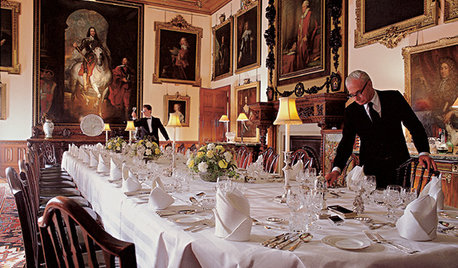
FUN HOUZZEverything I Need to Know About Decorating I Learned from Downton Abbey
Mind your manors with these 10 decorating tips from the PBS series, returning on January 5
Full Story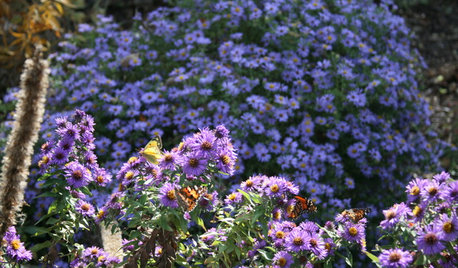
FLOWERS15 Native Flowers That Attract Butterflies
By picking plants from this list that are right for your location, you’ll get colorful blooms and support pretty pollinators
Full Story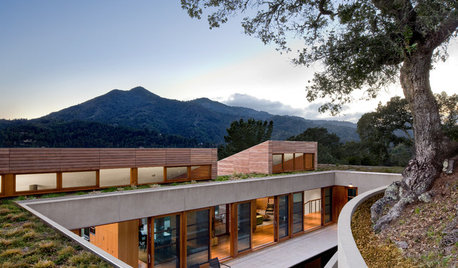
MODERN ARCHITECTUREVisit a California Hillside House Rooted in Nature
Walls of windows open to stunning mountain and bay views on one side and a serene pool courtyard on the other
Full Story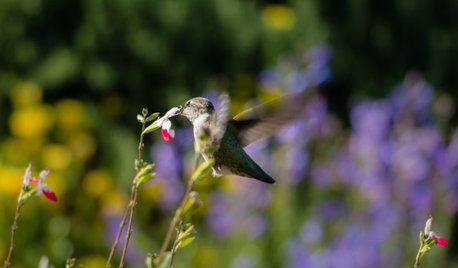
GARDENING GUIDESAttract Hummingbirds and Bees With These Beautiful Summer Flowers
Roll out a welcome mat for pollinators to keep your landscape in balance and thriving
Full Story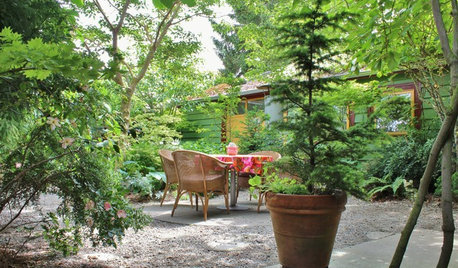
INSPIRING GARDENSFrom Concrete Lot to Gracious Organic Garden in Seattle
Plants, pests and even weeds have a place in this landscape, which offers an edible bounty and a feast for the eyes
Full Story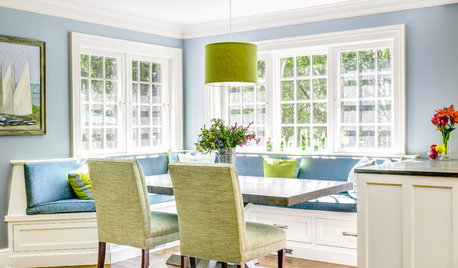
DECORATING GUIDESThe Dumbest Decorating Decisions I’ve Ever Made
Caution: Do not try these at home
Full Story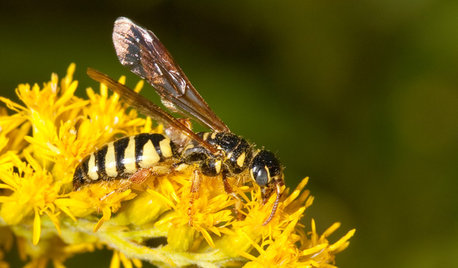
GARDENING GUIDESAttract Thynnid Wasps With Summer-Flowering Native Plants
These beneficial insects will hunt damaging beetle grubs in your lawn
Full Story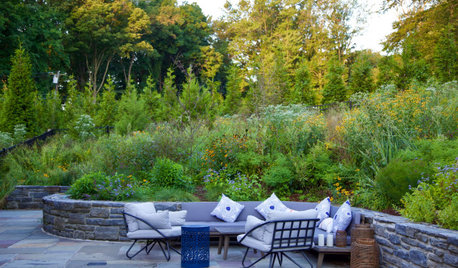
GARDENING GUIDESDesign a Beautiful Fall Garden That Pollinators Will Love
Consider using these design principles and wildlife-friendly practices in your landscape
Full Story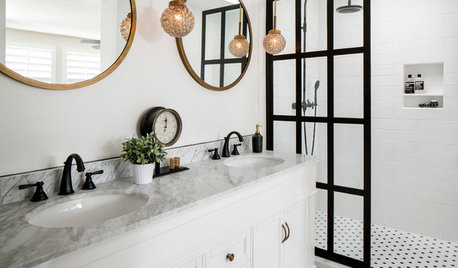
BEFORE AND AFTERSBefore and After: 6 Bathrooms That Said Goodbye to the Tub
Sleek showers replaced tub-shower combos in these bathroom remodels. Could this be an option for you?
Full Story
BEDROOMSDesign It Like a Man: Tips for Single Guys Planning a Bedroom
What guys should consider — aside from the Xbox — to design a bedroom that's comfortable, stylish and accommodating
Full StorySponsored
Your Custom Bath Designers & Remodelers in Columbus I 10X Best Houzz









FrozeBudd_z3/4